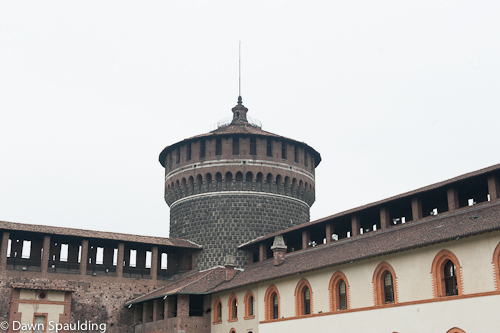Milan’s most important Renaissance building was originally a 14th-century fortress, complete with massive fortifications, a moat, barracks, a prison and a courtyard, before being converted to a residence by then-duke Franceso Sforza. Upcoming artist Leonardo da Vinci frescoed many of the rooms. The tower and much of the building is rebuilt and the courtyard, Cortile […]
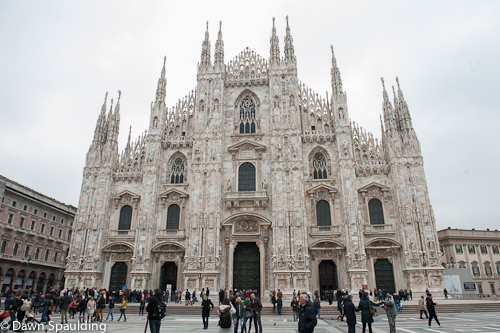
Duomo di Milano
In Milan, most main streets lead straight to the enormous cathedral and the ones that don’t, encircle it. Such a layout is a tip-off to the important role the Duomo has always held. This is Europe’s third largest cathedral (St. Peter’s and the cathedral in Seville are bigger). Work began in the 14th century but […]
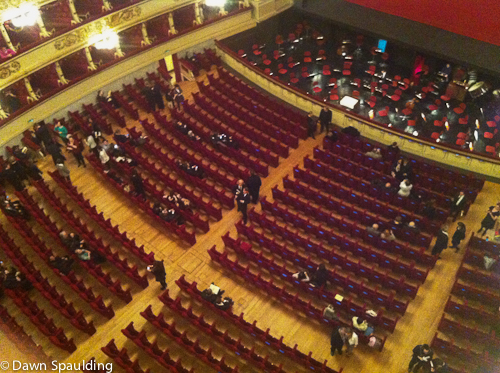
Teatro alla Scala, Milan
It’s not often that my trips coincide with a desirable opera that has available tickets, but my husband and I lucked out and scored a couple of tickets to Macbeth at La Scala. The downside was that the seats were waaaay up in the gallery, but we didn’t want to pass up this opportunity. For […]
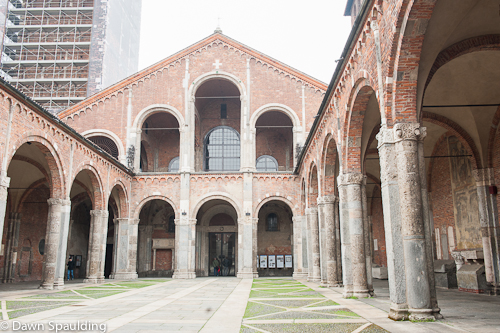
Basilica di Sant’Ambrogio, Milan
This basilica was founded in 379 AD by Milan’s patron saint, Saint Ambrose. It remains one of the few remaining examples of medieval Lombard architecture, though it underwent numerous restorations and reconstructions throughout the years. One showpiece is the decorative canopy supported by four ancient Roman columns. Under the canopy is an elaborate 9th-century gold […]
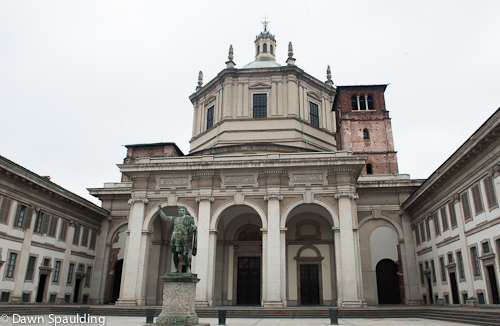
Chiesa di San Lorenzo Maggiore, Milan
This 4th-century octagonal basilica is the oldest church in Milan. It was substantially rebuilt in the 11th century after a devastating fire and numerous earthquakes, heavily renovated in the 16th century and completely restored in the 1930s. Since it was built on unstable, marshy ground, the entire structure sits on enormous blocks of foundation taken […]
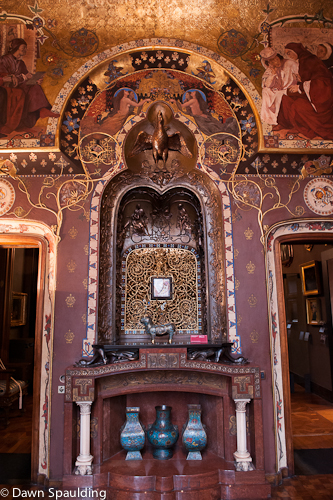
Museo Poldi-Pezzoli, Milan
Museo Poldi-Pezzoli is my favorite art museum in Milan, mostly because it’s an outstanding collection and partly because I love viewing other people’s art in the context of their homes. 19th-century art collector Gian Giacomo Poldi Pezzoli lived here. Pezzoli collected Italian Renaissance paintings and decorative arts such as porcelain, textiles and jewelry. Pezzoli’s family […]
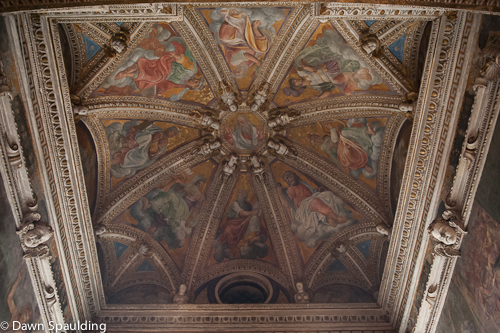
Santa Maria delle Grazie and Cenacolo Vincianzo, Milan
The last time I visited Milan, I didn’t have the foresight to get tickets for the Last Supper in advance. This time, being much older and a little wiser, I planned ahead and bought tickets online about a month in advance. It was worth it! No photos were allowed inside the refectory, which houses the […]
